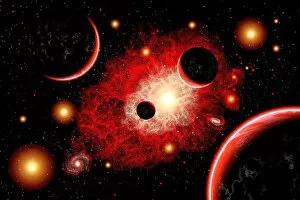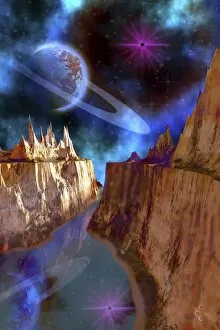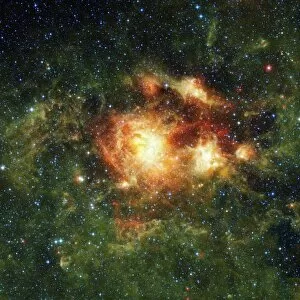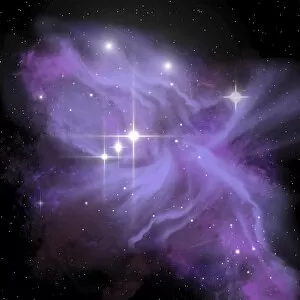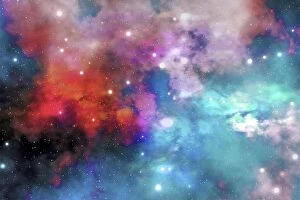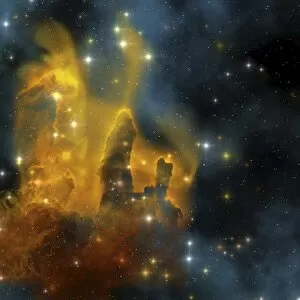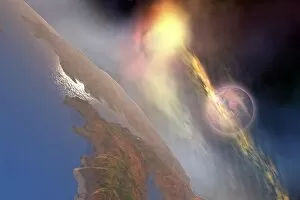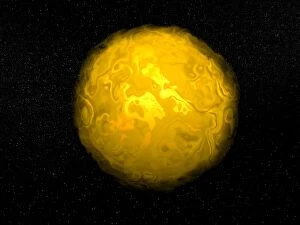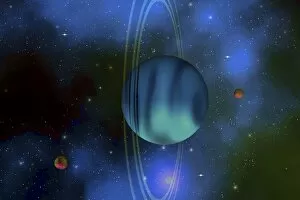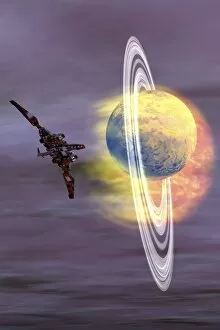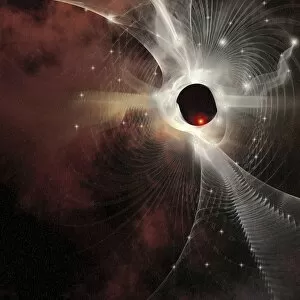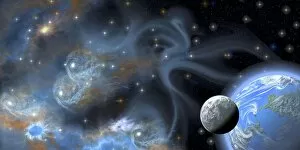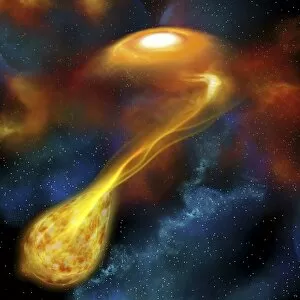Plasma Collection (page 3)
Plasma, the fourth state of matter, is a captivating and enigmatic substance that holds immense significance in various fields of science
All Professionally Made to Order for Quick Shipping
Plasma, the fourth state of matter, is a captivating and enigmatic substance that holds immense significance in various fields of science. From fusion research to its mesmerizing presence in the cosmos, plasma continues to intrigue scientists and astronomers alike. In fusion research, plasma plays a pivotal role as it is the key element for achieving controlled nuclear fusion reactions. The tokamak device stands at the forefront of this research, harnessing extreme temperatures and magnetic fields to confine and control plasma within a toroidal shape. Beyond Earth's boundaries, plasma manifests itself in spectacular spacial phenomena. One such phenomenon is solar prominence - massive eruptions of hot plasma from the Sun's surface into space. These breathtaking displays showcase the sheer power and beauty of this energetic state of matter. Another intriguing manifestation can be seen in the form of a plasma disc surrounding certain celestial objects like black holes or neutron stars. This swirling mass emits intense radiation while exhibiting unique properties that continue to fascinate astronomers studying these cosmic wonders. Advancements in fusion research have led to groundbreaking projects like ITER - an international collaboration aiming to build the world's largest experimental fusion reactor. This ambitious endeavor seeks to replicate conditions found within stars by utilizing superheated plasmas confined by powerful magnetic fields. Closer home, solar activity provides us with awe-inspiring images captured by spacecraft like SDO (Solar Dynamics Observatory). These images reveal intricate details showcasing dynamic processes occurring on our nearest star’s surface – all thanks to vibrant plasmas dancing across its fiery atmosphere. Interestingly, even within our own bodies we find traces of plasma-like behavior. Computer artwork depicting red blood cells showcases their fluidic nature reminiscent of charged particles moving through electromagnetic fields – akin to how plasmas behave under similar conditions. Furthermore, elemental analysis techniques rely on ionized gases or plasmas for accurate measurements across various scientific disciplines including chemistry and materials science. By subjecting samples to high-energy discharges or intense heat, scientists can unravel the elemental composition of matter with remarkable precision.



